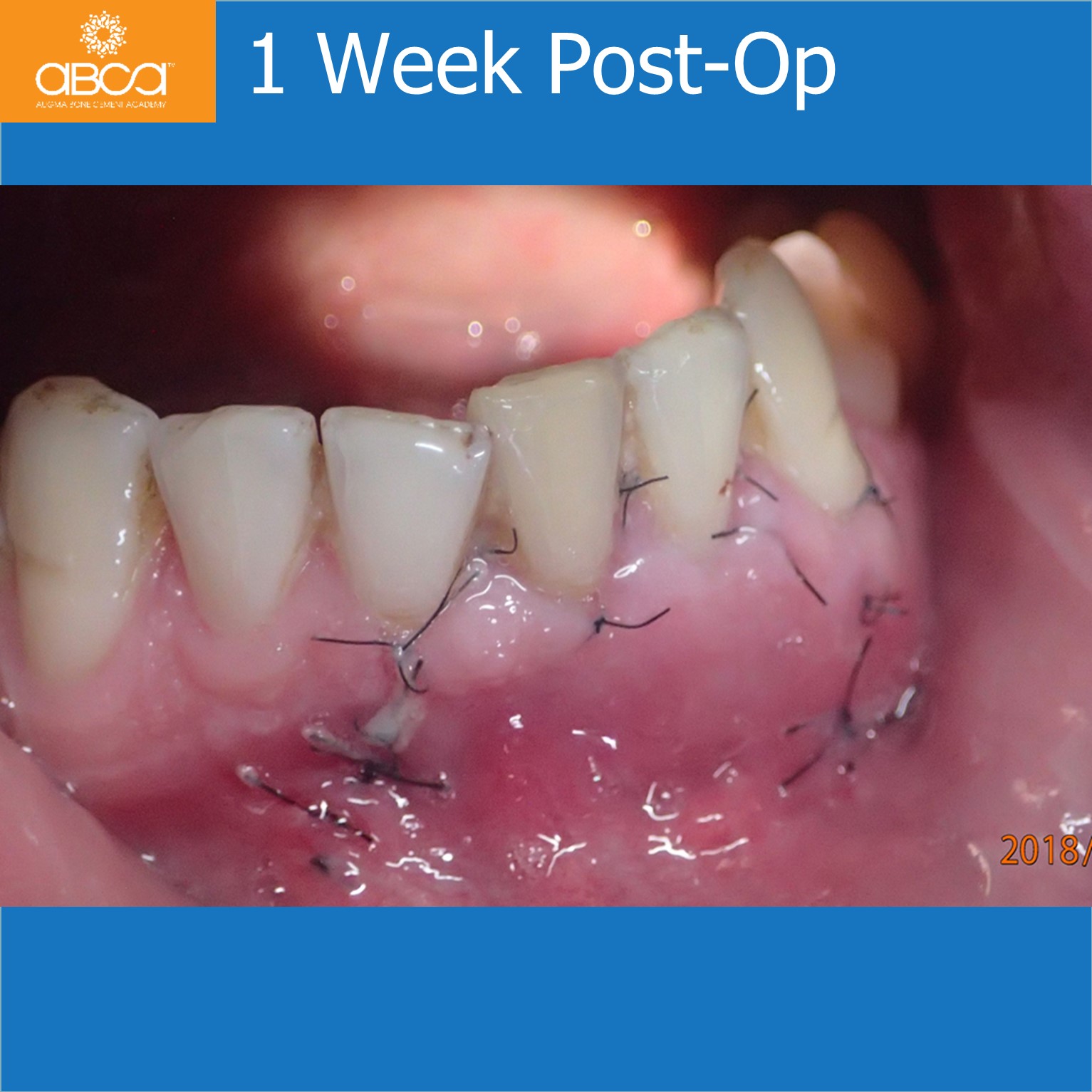2024 ICD-10-CM Diagnosis Code L64 9: Androgenic alopecia, unspecified
Table Of Content

In most cases, your healthcare provider can diagnose telogen effluvium without any testing. They may recommend further testing, including blood tests or a scalp biopsy, if they suspect a condition or illness has caused telogen effluvium. Reimbursement claims with a date of service on or after October 1, 2015 require the use of ICD-10-CM codes. Should you use L65.9 or L659 (with or without decimal point)? DO NOT include the decimal point when electronically filing claims as it may be rejected. Some clearinghouses may remove it for youbut to avoid having a rejected claim due to an invalid ICD-10 code, do not include the decimal point when submitting claims electronically.
How is telogen effluvium diagnosed?
9 Best Shampoos for Thinning Hair and Hair Loss for 2024 - Healthline
9 Best Shampoos for Thinning Hair and Hair Loss for 2024.
Posted: Tue, 19 Mar 2024 07:00:00 GMT [source]
When a specific code is not available for a condition, the Tabular List includes an NEC entry under a code to identify the code as the “other specified” code. A healthcare provider can confirm it during a physical examination of your scalp. They may conduct a “pull test,” in which they gently pull a small clump of 40 to 60 hairs between their fingers.
What can I expect if I have telogen effluvium?

Most people who are healthy lose up to 100 strands of hair per day. If you have telogen effluvium, you may lose up to 300 strands of hair per day. NEC Not elsewhere classifiableThis abbreviation in the Tabular List represents “other specified”.
Healthy Eating
It usually won’t affect your hairline or cause total baldness, but severe cases of telogen effluvium may affect other areas of your body, including your eyebrows and body hair. Occasionally, the hair-thinning can mimic male- or female-pattern hair loss. Telogen effluvium is a common type of hair loss that affects people after they experience severe stress or a change to their body. Symptoms include thinning hair, usually around the top of your head. Treatment exists to reverse hair loss, but hair will typically grow back in three to six months without treatment.
Under typical conditions, they may only pull two to three hairs from your scalp. If you have telogen effluvium, they may pull at least four to six hairs from your scalp with white bulbs at the roots. A type 2 Excludes note represents 'Not included here'. An Excludes2 note indicates that the condition excluded is not part of the condition it is excluded frombut a patient may have both conditions at the same time. When an Excludes2 note appears under a code it is acceptable to use both the code and the excluded code together.
Signalling by senescent melanocytes hyperactivates hair growth - Nature.com
Signalling by senescent melanocytes hyperactivates hair growth.
Posted: Wed, 21 Jun 2023 07:00:00 GMT [source]
The role of vitamins and minerals in hair health: Essential nutrients for strong and healthy hair
Androgenic alopecia (male pattern baldness and female pattern baldness) is a type of hair loss that’s more gradual than telogen effluvium. It’s not known exactly what causes androgenic alopecia. Without medications or treatment, hair loss due to androgenic alopecia is permanent. This website is using a security service to protect itself from online attacks.
About the Code Lookup
However, if you have telogen effluvium, the outlook is good. It usually goes away three to six months after you start noticing your hair loss. Your healthcare provider can also help you take steps to promote new hair growth.
How can I reduce my risk of developing telogen effluvium?
Once you address the cause, most cases of telogen effluvium will resolve without treatment within six to eight months. Telogen effluvium affects your hair when it’s in the telogen stage. After a stressor or change to your body, up to 70% of your hair in the anagen stage prematurely enters the telogen phase, which causes hair loss.
' An Excludes1 note indicates that the code excluded should never be used at the same timeas the code above the Excludes1 note. An Excludes1 is used when two conditions cannot occur together, such as a congenital form versus an acquired form of the same condition. Telogen effluvium is one of the most common causes of rapid hair loss. It’s also one of the most common causes of hair loss in women and people AFAB. Reach out to your healthcare provider as soon as you notice hair loss, especially if it causes additional stress. However, your chances of developing chronic telogen effluvium without a detectable cause increase if you’re a woman or assigned female at birth (AFAB) and are between 30 and 60 years of age.
The action you just performed triggered the security solution. There are several actions that could trigger this block including submitting a certain word or phrase, a SQL command or malformed data. Telogen effluvium may affect the hair all over your scalp, but it most commonly appears on the top of your head rather than the back or sides of your head.
This note further define, or give examples of, the content of the code or category.
Comments
Post a Comment